How to grow carrots from carrot tops to turn scraps into savings
You'll be tossing those carrot tops in the compost again
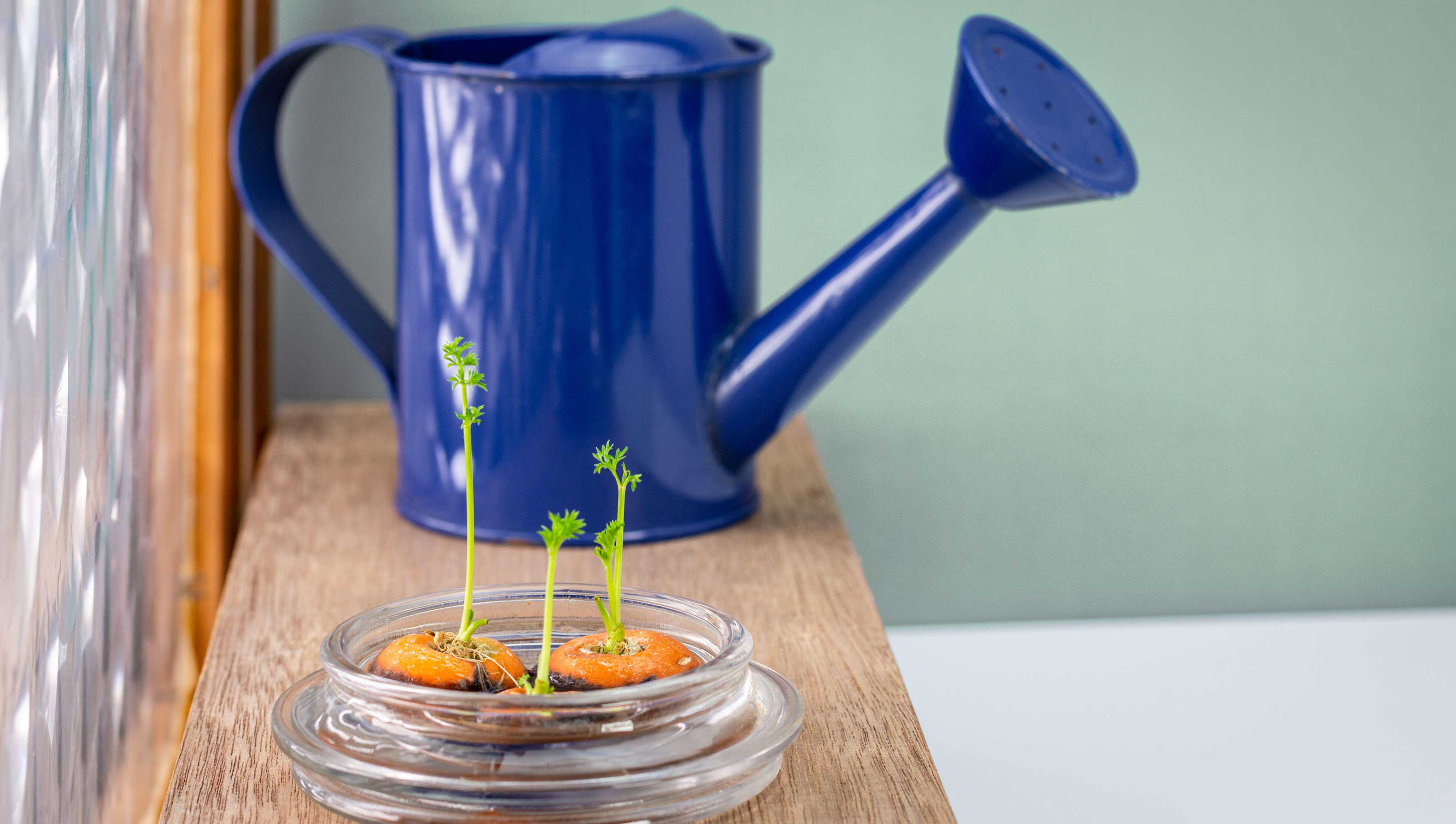

Rather than throwing all of your vegetable scraps into the composter, learn how to grow carrots from carrot tops and you can enjoy a second harvest hit from this popular veg.
Carrots are among the easiest vegetables to grow as part of your garden ideas and recycling the crop will prolong your enjoyment of the plants – for free.
'Growing your own carrots is a cost-effective and environmentally friendly way to enjoy fresh, home-grown veggies. While most people are familiar with growing carrots in containers from seeds, few know that they can also be regrown from their tops, which are usually thrown away or added to compost piles for making compost,' explains Daniel Carruthers of Cultivar Greenhouses.
However, before you get carried away imagining you will have fresh, colourful carrot roots emerging from the tops like some wonder of nature – you won't. But you will get the tasty green foliage, which can be used like a herb and added to recipes and salads.
With their lovely fern-like foliage, carrots make attractive indoor plants when grown on a sunny windowsill, too, and if they flower you might be able to collect carrot seeds to plant in your vegetable patch in spring.

Daniel is a passionate gardener and grow-your-own guru whose love of gardening began over a decade ago when he left his career as a London chef to move to the Welsh countryside and begin a new venture in the greenhouse industry.
How to grow carrots from carrot tops
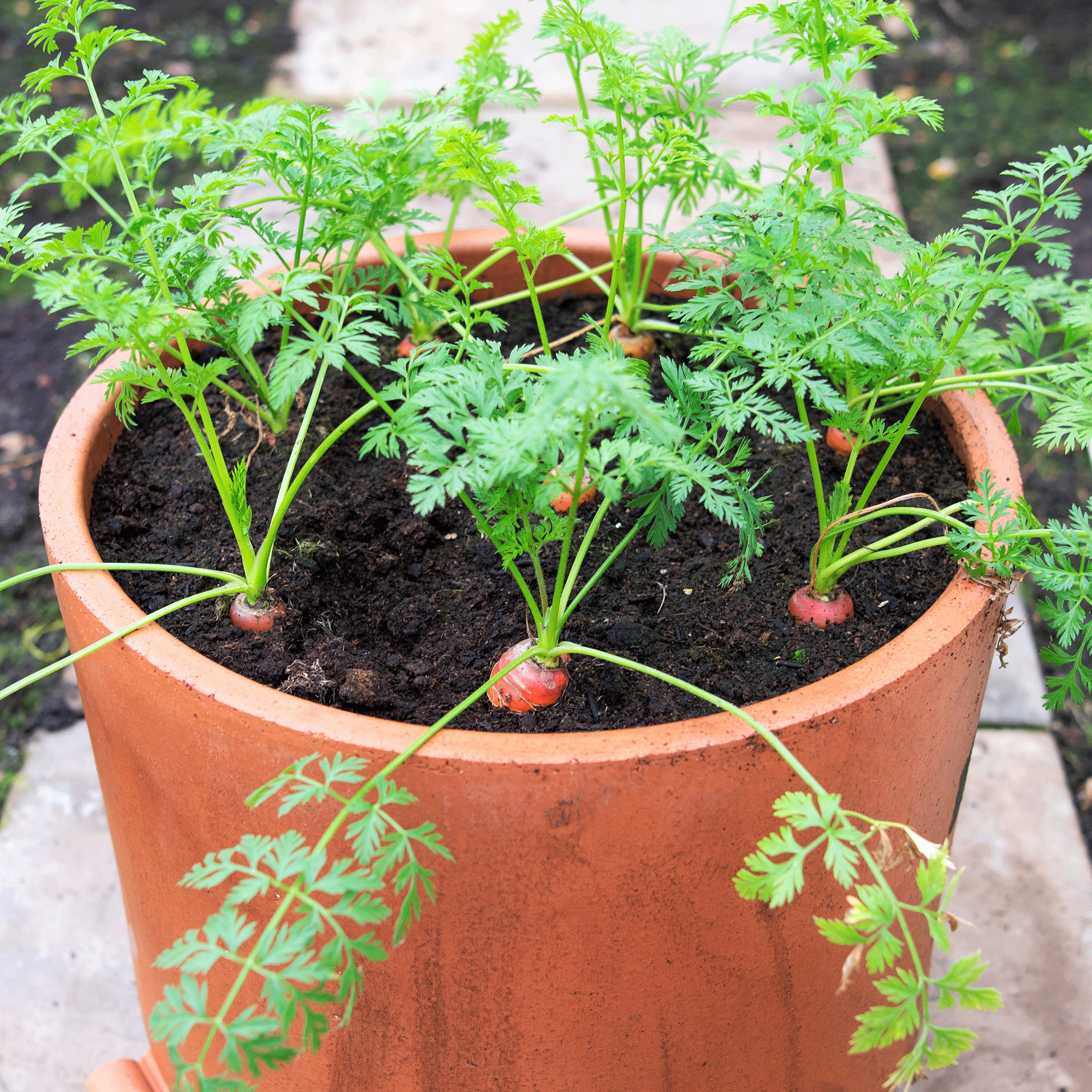
If you're wondering how to grow carrots from carrot tops, there are a number of methods.
To get started, choose fresh and healthy carrots with green tops still attached. If you're using your own homegrown harvest, keep the carrot tops from the healthiest specimens. If you're using shop-bought carrots then choose organic.
What you'll need
- Healthy carrot tops with greens still intact
- Sharp knife
- Tooth picks
- Small glass
- Newspaper
- Small pot with drainage holes
- Potting soil
3 methods for how to grow carrots from carrot tops
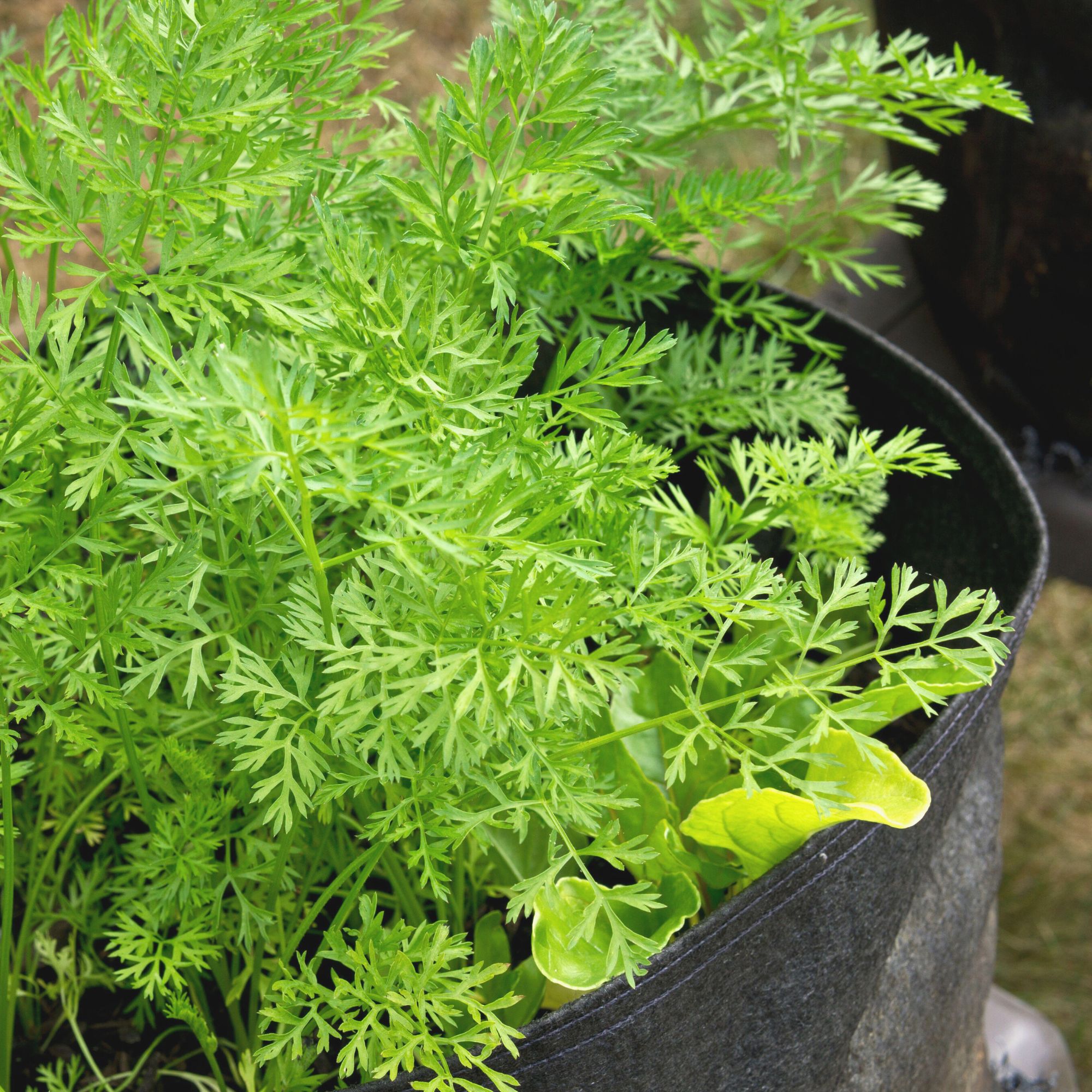
It couldn't be easier growing carrots from carrot tops.
For all methods, start by taking a sharp knife and carefully removing the upper section of the carrot so that you have a segment approximately two centimetres/one inch long. Cut back the foliage to a couple of centimetres.
1. Plant in soil
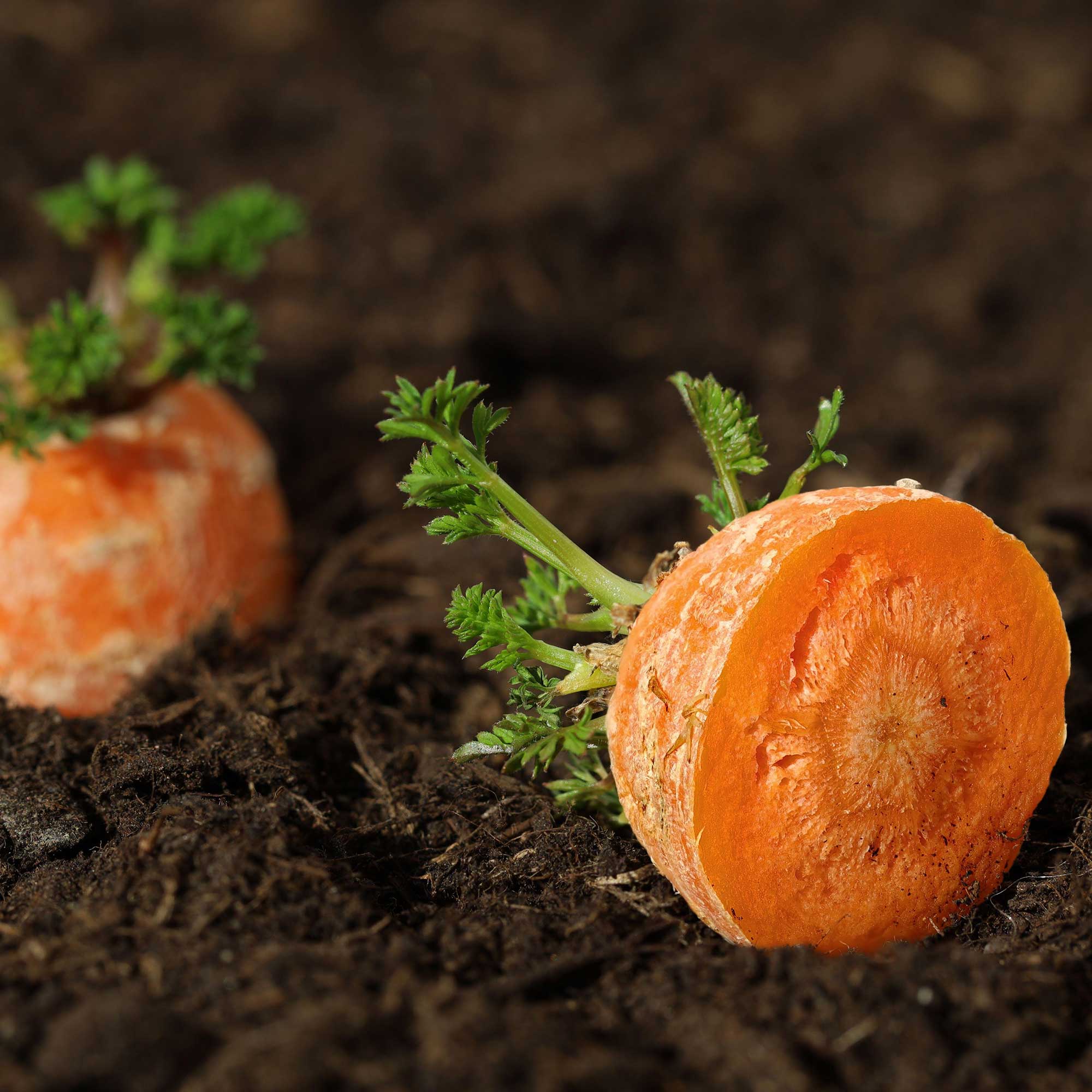
'Find a small container with drainage holes and fill it with well-draining loamy or sandy soil. Lightly moisten the soil and gently press the carrot tops into it with the cut end facing downwards,' explains Daniel.
'You can plant multiple tops in the same container, leaving an inch or two between them.'
'Place the container in a sunny spot that receives at least six hours of sunlight per day. Keep the soil consistently moist.'
As your carrot tops grow, you'll eventually see new green shoots emerging. 'When these shoots are a few inches tall – usually in two to four weeks – you can transplant them into a larger container, or out in the garden.'
2. Grow in water
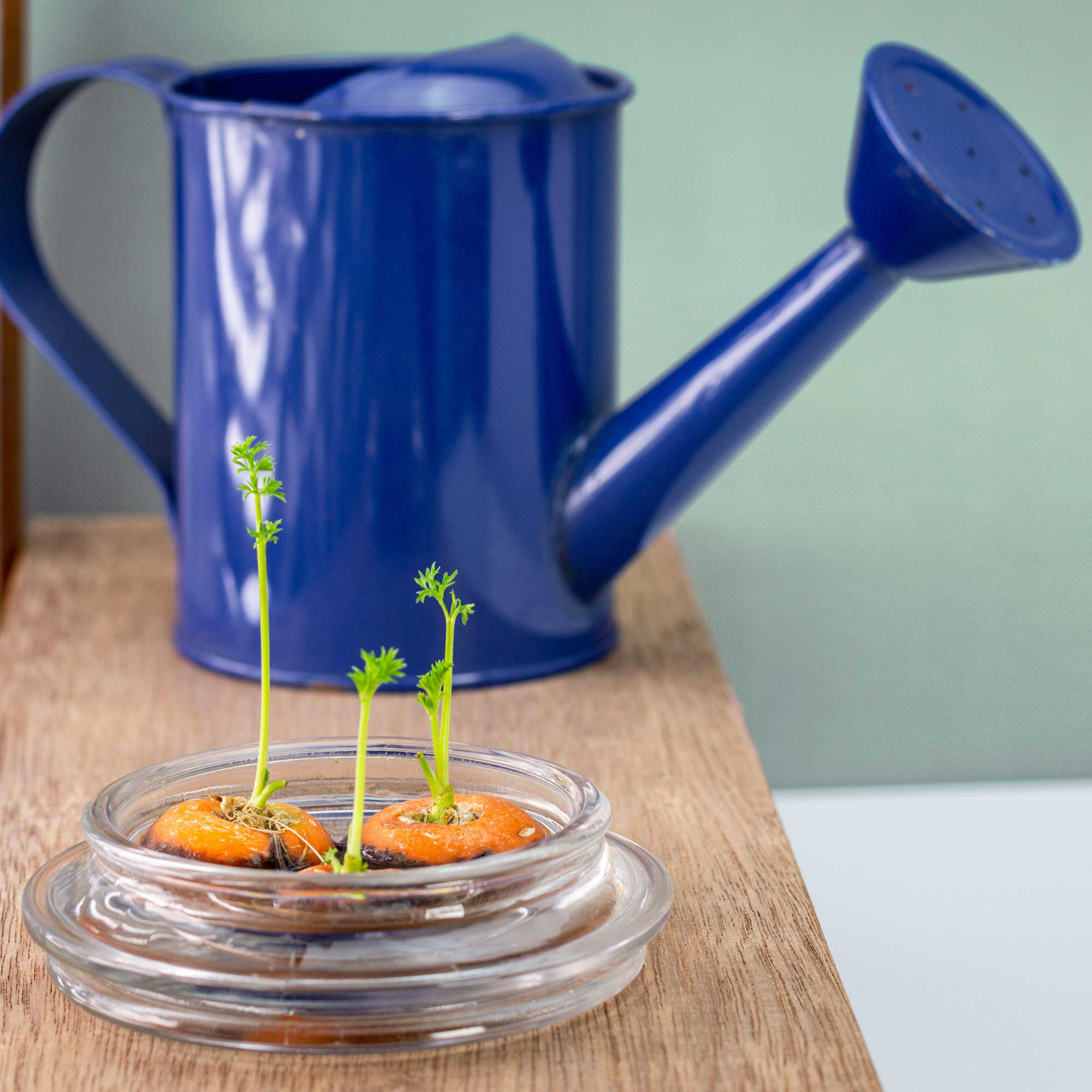
'Carrots have the ability to be grown in water,' explains Julian Palphramand of British Garden Centres.
'Insert a toothpick into each side of the carrot top and place it in a small glass. Fill the glass with water until it reaches the bottom edge of your carrot top. Place on a sunny windowsill, and remember to add water as needed to maintain contact with the bottom of the carrot.'
You will soon see new foliage emerging from the top, and small hair-like roots sprouting out from the bottom of the carrot top.
Once the new plants have successfully developed roots, you can transfer them into soil in a container or the garden.

Julian is head of plants at British Garden Centres and a font of knowledge on all things related to growing vegetables
3. Use wet newspaper
'You can also grow carrots from carrot tops and 'start the rooting process with newspaper,' explains Julian.
'Place the newspaper on a plate and make sure it is thoroughly soaked. Arrange the carrot tops on the damp newspaper and within a few days, you will see roots emerge and start to spread. It is important to keep the newspaper moist,' he adds.
New carrot plants created using any of the methods above are excellent for adding to your herb garden ideas and if you manage to collect seeds from the flowering foliage then you can hopefully grow new carrot crops from them for free.
These methods for how to grow carrots from carrot tops also make fun gardening projects to do with the kids.
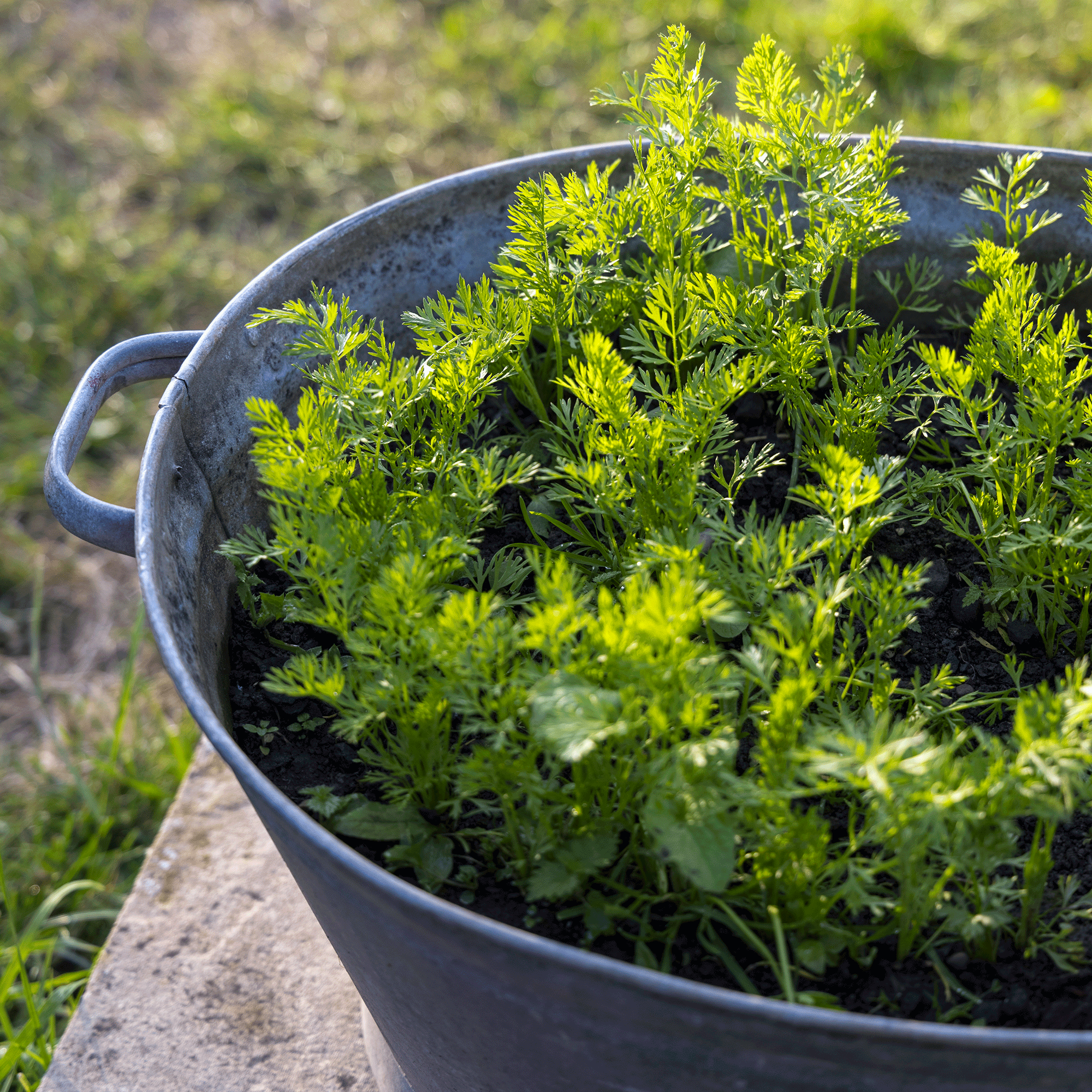
FAQ
How long does it take to grow a carrot from a top?
It doesn't take long at all to grow carrot plants from a carrot top. Whichever of the above methods you choose, you can expect to see new greens sprouting from the top within a couple of weeks at most.
How do you get carrot seeds from carrot tops?
If you place your carrot top plant on a sunny windowsill, and it's given the right conditions, it might flower and set seed. You can then collect these seeds for planting in the future.
Be aware, though, that hybrid varieties of carrots, or some heirloom varieties might not 'come true' from seed. In other words, the new crop grown from the collected seeds might not be the same as the carrots they originated from.
Get the Ideal Home Newsletter
Sign up to our newsletter for style and decor inspiration, house makeovers, project advice and more.

Rachel Crow is the editor of Period Living Magazine and a senior content editor, contributing homes and garden content for idealhome.co.uk. She has written for lifestyle magazines for many years, with a particular focus on historic houses, interiors, arts and crafts, and gardening. Rachel started her journalism career on BBC radio, before moving into lifestyle magazines as a freelance writer and editor. She worked on The English Home and The English Garden magazines before joining the Period Living team as features editor and then deputy editor. She was garden editor for Homes & Gardens magazine and homesandgardens.com and contributed articles to Country Homes & Interiors.
-
 5 signs you’ve taken decluttering too far — and how you can pull yourself back, according to organisation experts
5 signs you’ve taken decluttering too far — and how you can pull yourself back, according to organisation expertsYou might have to start resisting the urge to purge
By Lauren Bradbury
-
 What is the Party Wall Act 3m rule and is it something you should be worried about? This is what the experts say
What is the Party Wall Act 3m rule and is it something you should be worried about? This is what the experts sayDon't get caught off-guard by the Party Wall Act 3m rule — our expert guide is a must-read
By Natasha Brinsmead
-
 Shoppers can’t get enough of The Range’s lemon tree, but I’ve found an even cheaper bestseller at B&Q - it’s perfect for a Mediterranean look
Shoppers can’t get enough of The Range’s lemon tree, but I’ve found an even cheaper bestseller at B&Q - it’s perfect for a Mediterranean lookWelcome the summer with this glorious fruit tree
By Kezia Reynolds
-
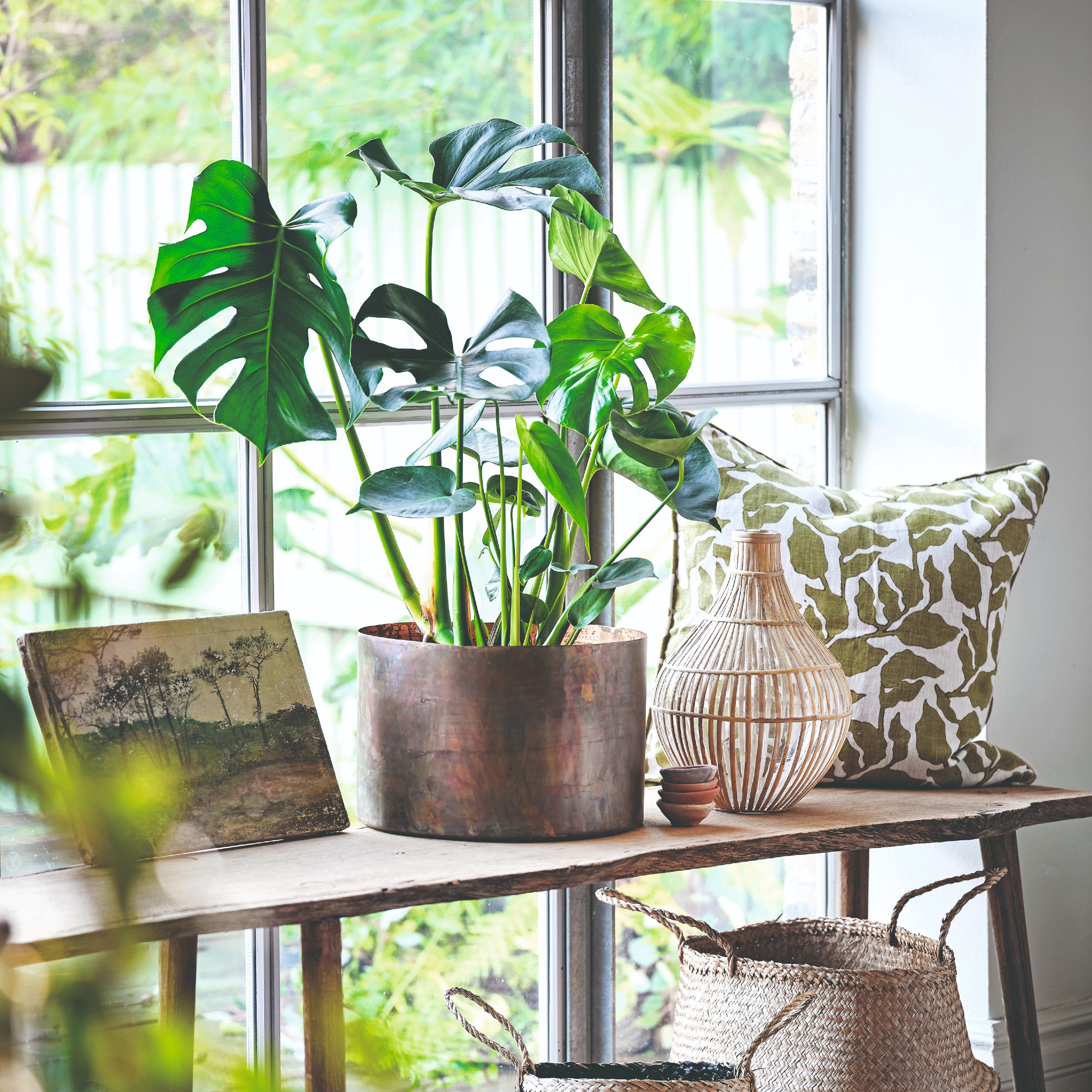 Best soil for Monstera – this is the perfect mix for healthy Swiss cheese plants
Best soil for Monstera – this is the perfect mix for healthy Swiss cheese plantsAll the ingredients you should look out for
By Sophie King
-
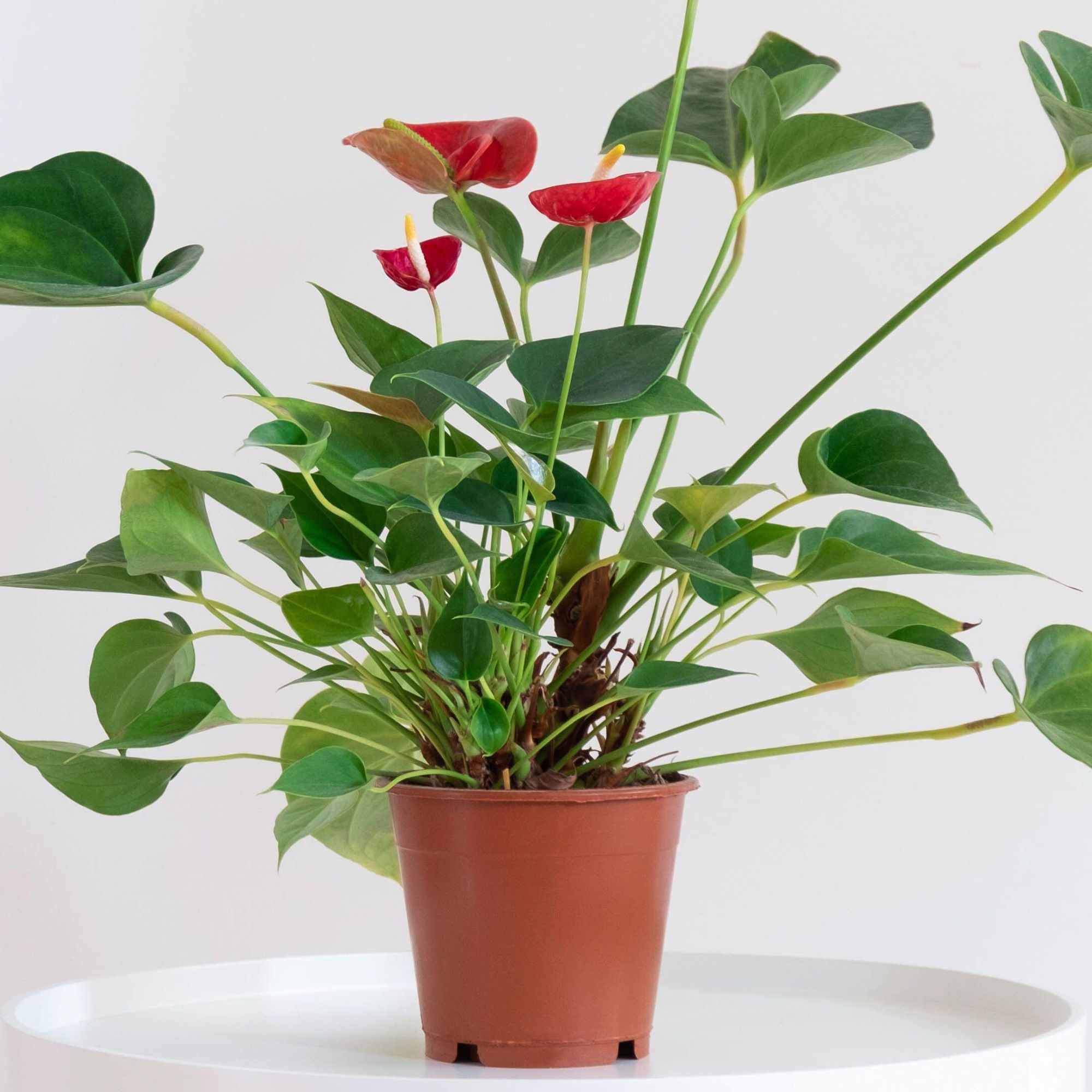 How to propagate anthurium – the three best ways to double these pretty tropical plants
How to propagate anthurium – the three best ways to double these pretty tropical plantsWhether you propagate anthurium through cuttings or separation, you'll love these ways to increase your collection
By Holly Reaney
-
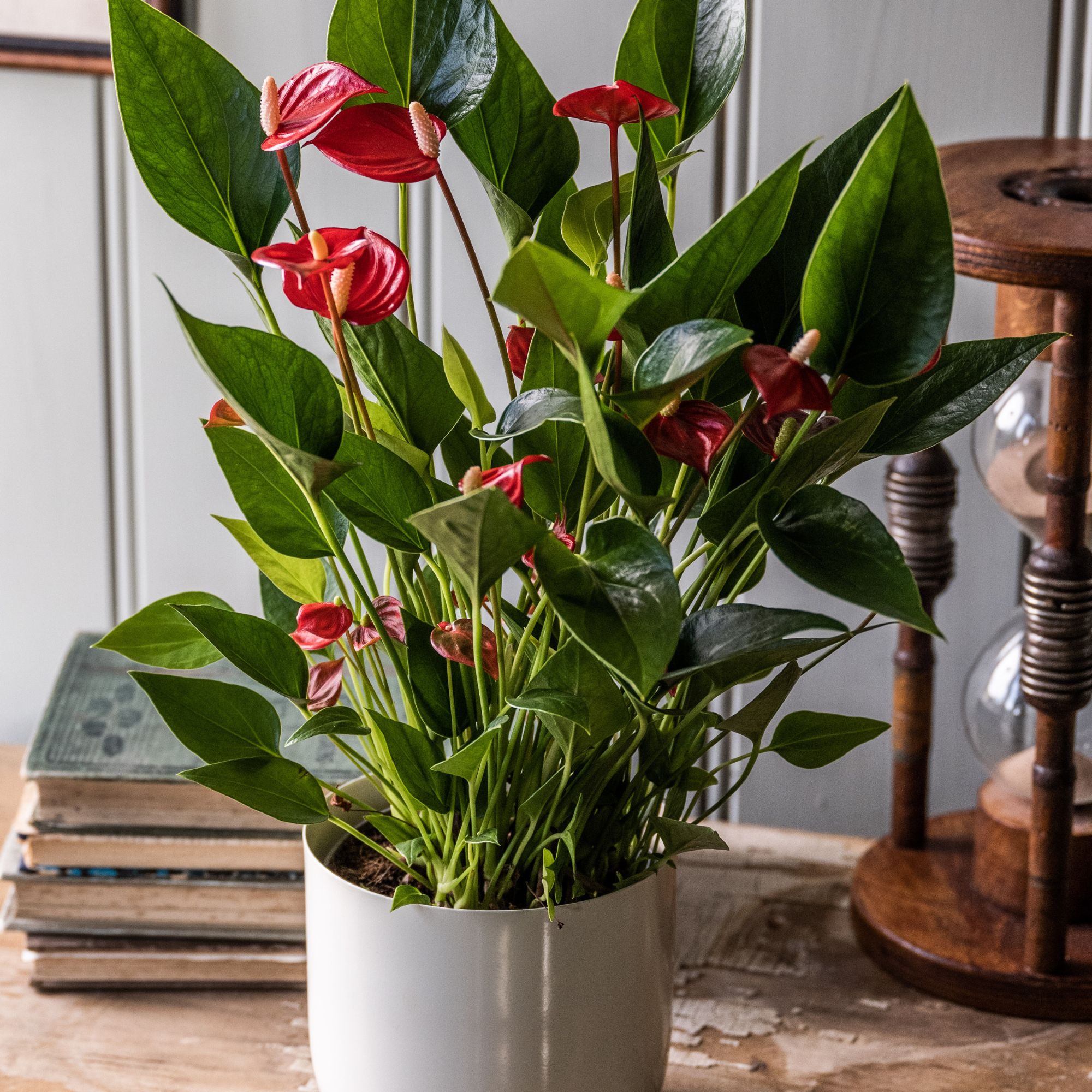 How to care for Anthurium for long-lasting vibrant and tropical colour
How to care for Anthurium for long-lasting vibrant and tropical colourWith their vibrant colours and tropical look, Anthurium andraeanum or Flamingo flowers make for an eye-catching addition to a kitchen, bathroom or conservatory
By Holly Reaney
-
 How to care for spider plants to get the most from this resilient beauty
How to care for spider plants to get the most from this resilient beautyThe retro houseplant is making a comeback – here's how it can thrive
By Holly Reaney
-
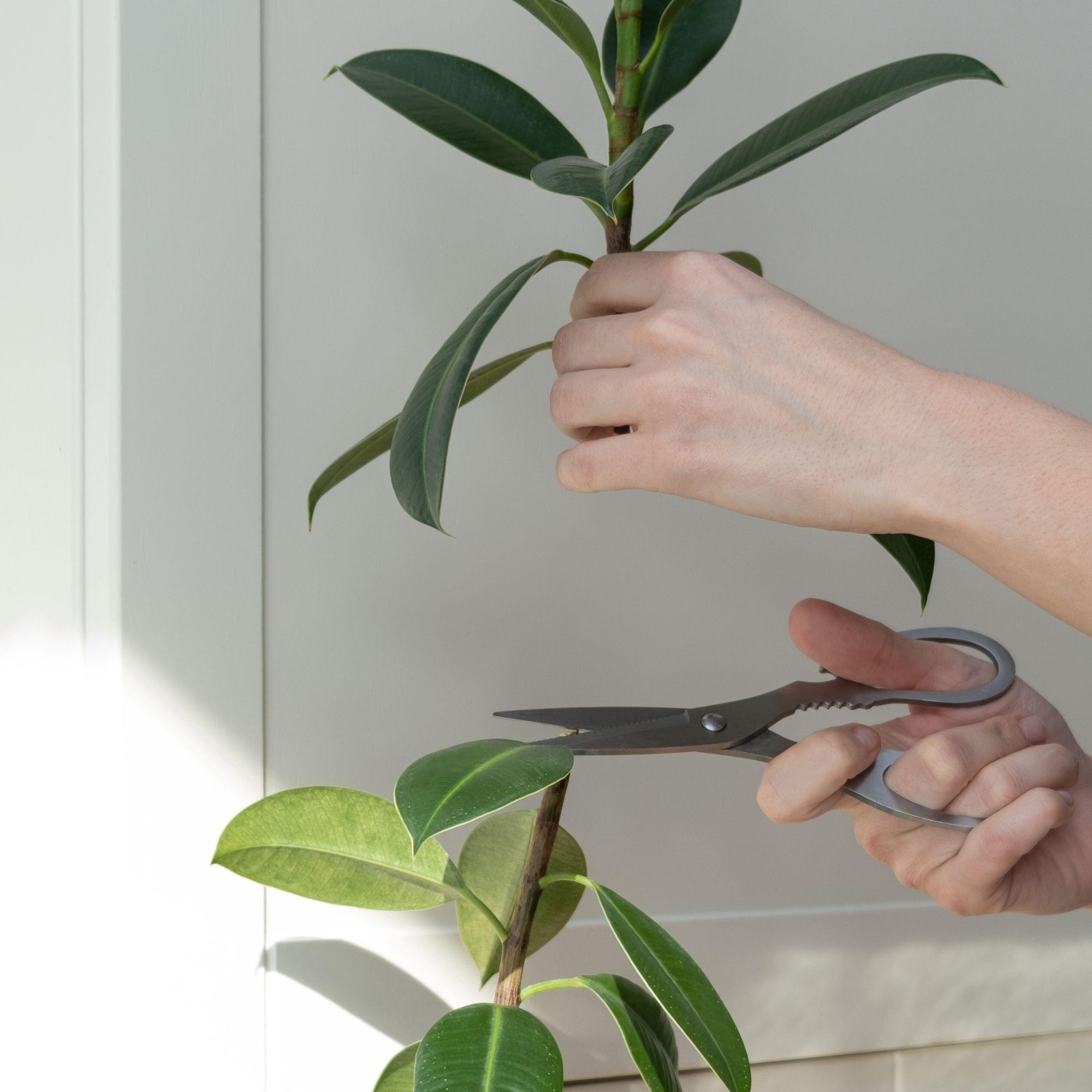 How to propagate a rubber plant - expand your houseplant collection for free
How to propagate a rubber plant - expand your houseplant collection for freeWhy have just one rubber plant when you can have loads?
By Holly Reaney
-
 How to care for a rubber plant – the almost unkillable houseplant
How to care for a rubber plant – the almost unkillable houseplantLow maintenance and fast-growing, the rubber plant is the perfect choice for beginners and ideal for making a statement in a home
By Holly Reaney
-
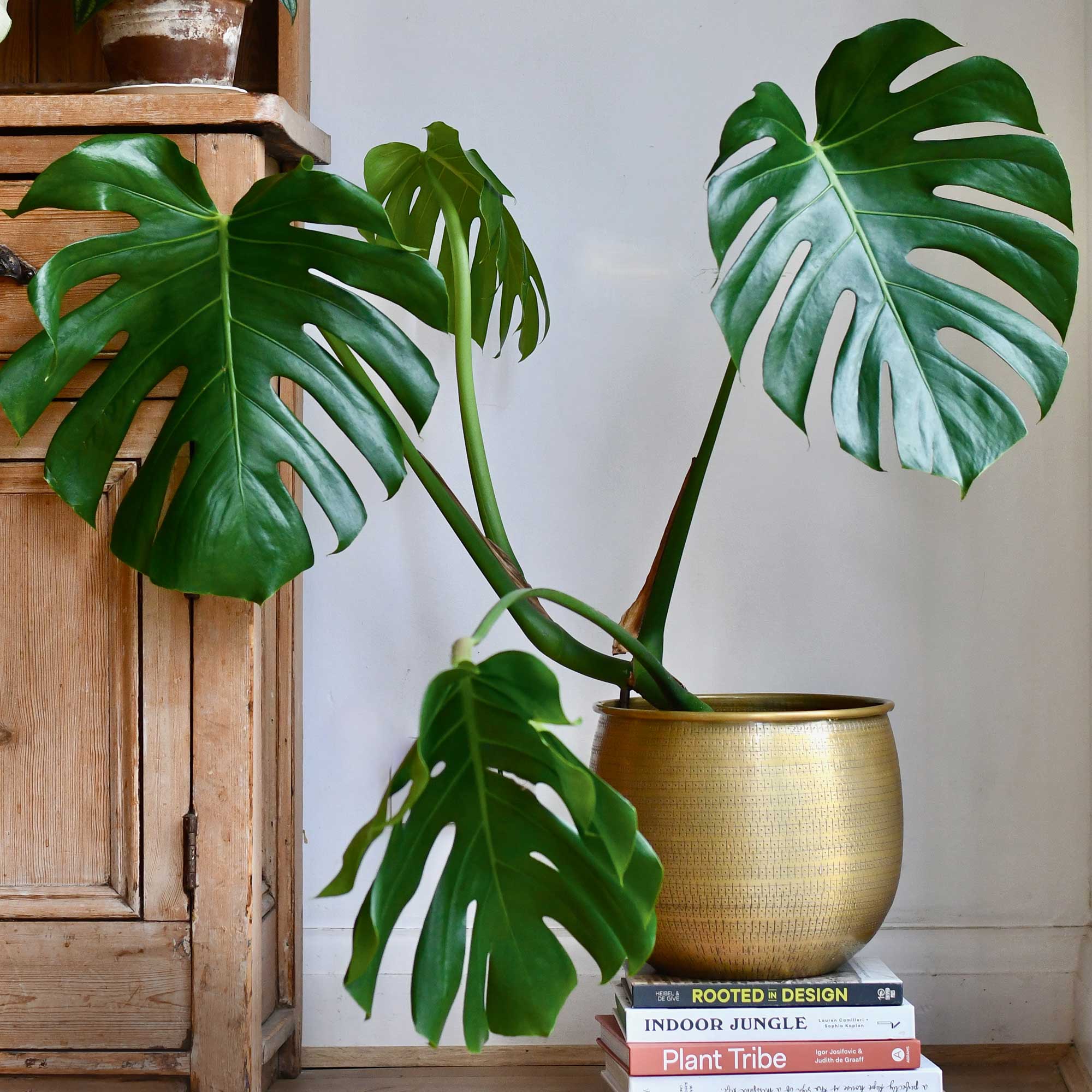 How to care for a monstera deliciosa – the gentle giant of the houseplant world
How to care for a monstera deliciosa – the gentle giant of the houseplant worldHow to care for a monstera deliciosa, including where to position, when to water and how to propagate
By Holly Reaney
-
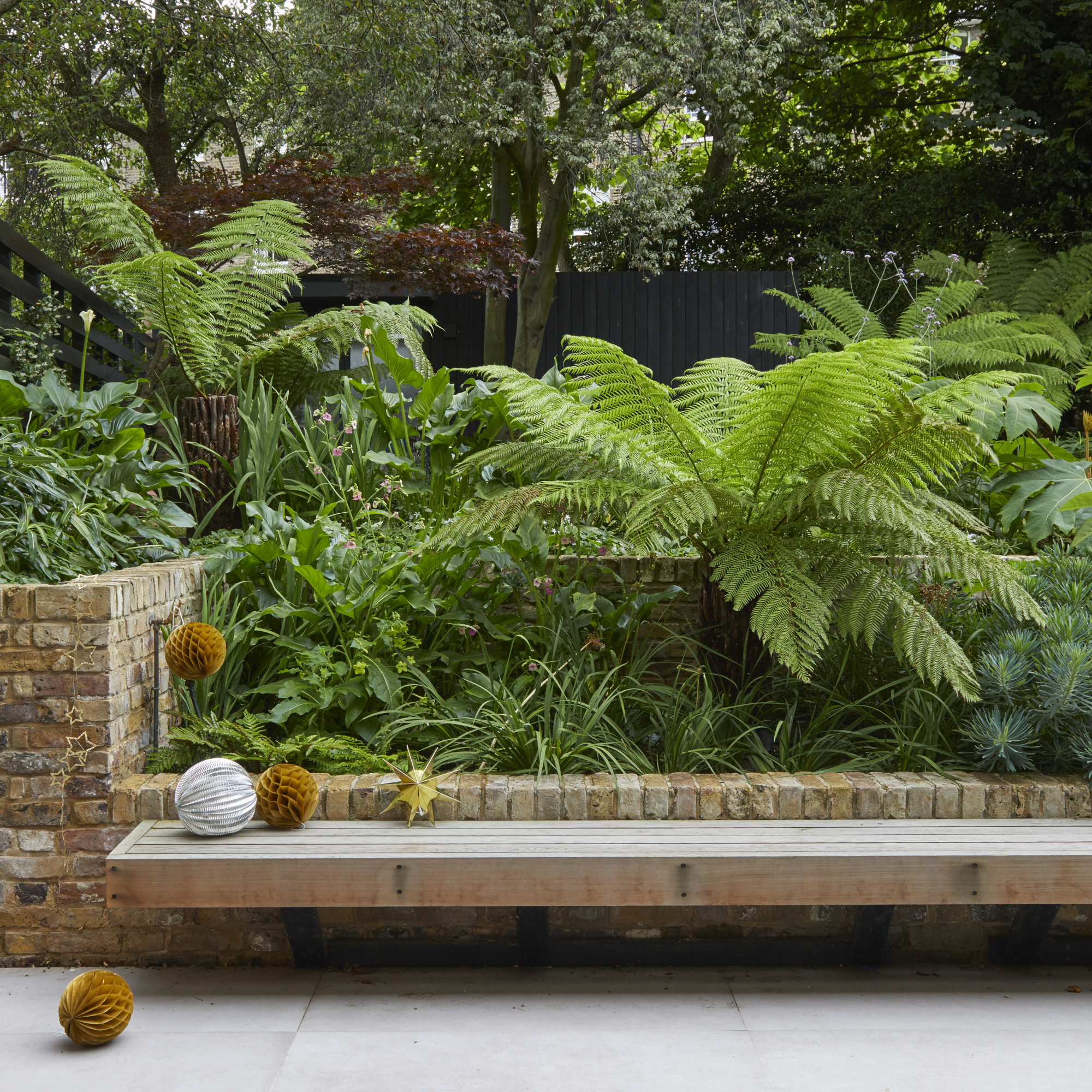 When to cut back ferns to keep them looking their best
When to cut back ferns to keep them looking their bestLearn when to cut back ferns to keep these hardy garden stalwarts in tip-top condition
By Rachel Crow